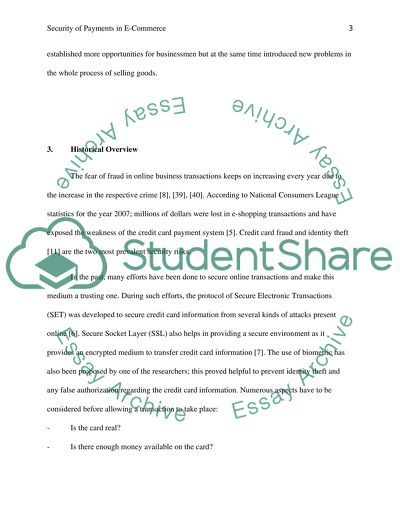Cite this document
(The Security of Payments in E-Commerce Research Paper, n.d.)
The Security of Payments in E-Commerce Research Paper. Retrieved from https://studentshare.org/information-technology/1561411-the-security-payment-in-e-commerce
The Security of Payments in E-Commerce Research Paper. Retrieved from https://studentshare.org/information-technology/1561411-the-security-payment-in-e-commerce
(The Security of Payments in E-Commerce Research Paper)
The Security of Payments in E-Commerce Research Paper. https://studentshare.org/information-technology/1561411-the-security-payment-in-e-commerce.
The Security of Payments in E-Commerce Research Paper. https://studentshare.org/information-technology/1561411-the-security-payment-in-e-commerce.
“The Security of Payments in E-Commerce Research Paper”. https://studentshare.org/information-technology/1561411-the-security-payment-in-e-commerce.


